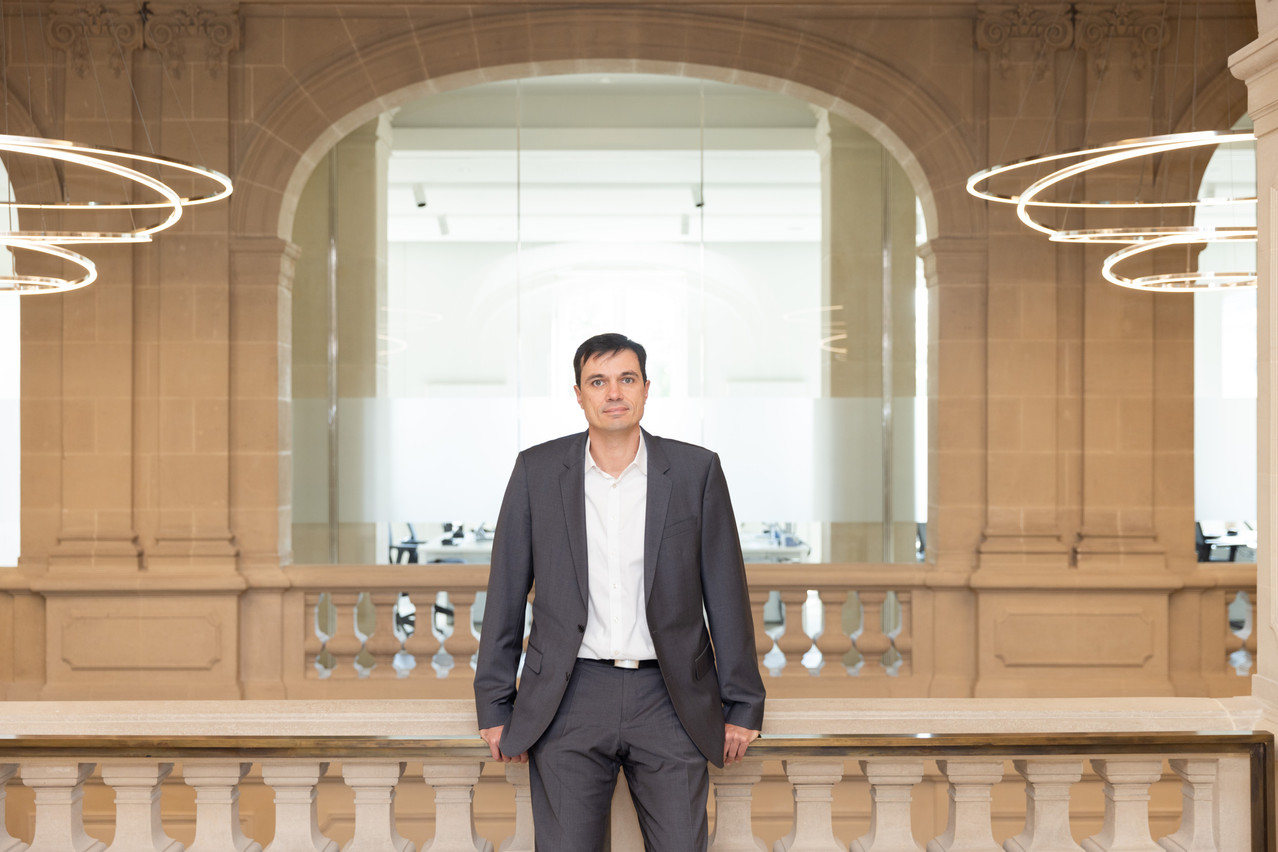The isn’t the first between the state bank and the University of Luxembourg’s Centre for Security, Reliability and Trust (SnT). But it is the biggest: six researchers will be involved on the SnT’s side, working with various whole teams at Spuerkeess.
The goal is to develop decentralised finance, meaning financial activity conducted in purely virtual environments such as cryptocurrency exchanges or smart contracts. More specifically, the partnership intends to generate use-cases, proofs-of-concept and new ideas in four areas in particular.
Crypto assets
Crypto assets are assets that exist in a digital sphere; they are protected by cryptography and their movements are recorded using distributed ledger technology (aka blockchain). For Spuerkeess, this research area is dedicated to the end user, says Christophe Medinger in an interview. He suggests that such assets could one day be part of a portfolio that the bank offers to its clients.
“Decentralised finance is also about the democratisation of financial products,” he adds, “to lower the thresholds for people who want to invest.”
For Medinger, offering customers a way to access this burgeoning crypto world via a secure and local institution like the Spuerkeess is the most exciting part of the research partnership. “Taking care of our customers,” he specifies, “while providing them with services that they don’t find today in traditional banking… [like] investing in a fancy IPO, but [just] €25, which you can’t do right now with a traditional bank. You can download an app to do this investment and not even know who’s behind it. You might be headed into a scam…”
The metaverse or web3
The second research area is the metaverse, currently a buzzword evoking visions of an all-immersive virtual environment where people can do anything and everything they want. It’s been called the future of the internet, more of a space than a platform. And the idea is that it will run on distributed ledger technology.
Here, the project is more open-ended. Medinger mentions as an example that they will look into the management of non-fungible tokens (NFTs), a form of digital asset that has a unique identifier, as well as the setting up of metaverse-type platforms for employees. He also nods to possible use-cases in the art industry, a field in which Spuerkeess has a particular interest.
Mutualisation
Projects in this area might include collaborations with other banks, fintechs or financial players, where a common blockchain-powered platform could be used to mutualise, for instance, loans. “We [could] digitalise… and mutualise loans for financing a plane, for example--something where there’s a lot of overhead in today’s paperwork--and this could be solved by a common blockchain that would be more cost-efficient,” says Medinger.
Along these same lines of collaboration, another type of project could provide additional services to customers with the aim of reducing fees for them, namely by cutting out third-party providers.
Systemic networks
Like mutualisation, this research area also has to do with collaboration among financial sector players in a bid to optimise processes and, in particular, protect against fraud. For example: certain banks, including the Spuerkeess, participate in the calculation of the official European interest rate between banks. Medinger explains that currently this process relies on a central institution that gathers all the data from systemic banks, but that using a decentralised system for this could be a good thing.
“You would add trust,” he says. “Everybody would be able to oversee everything that’s going on.”
